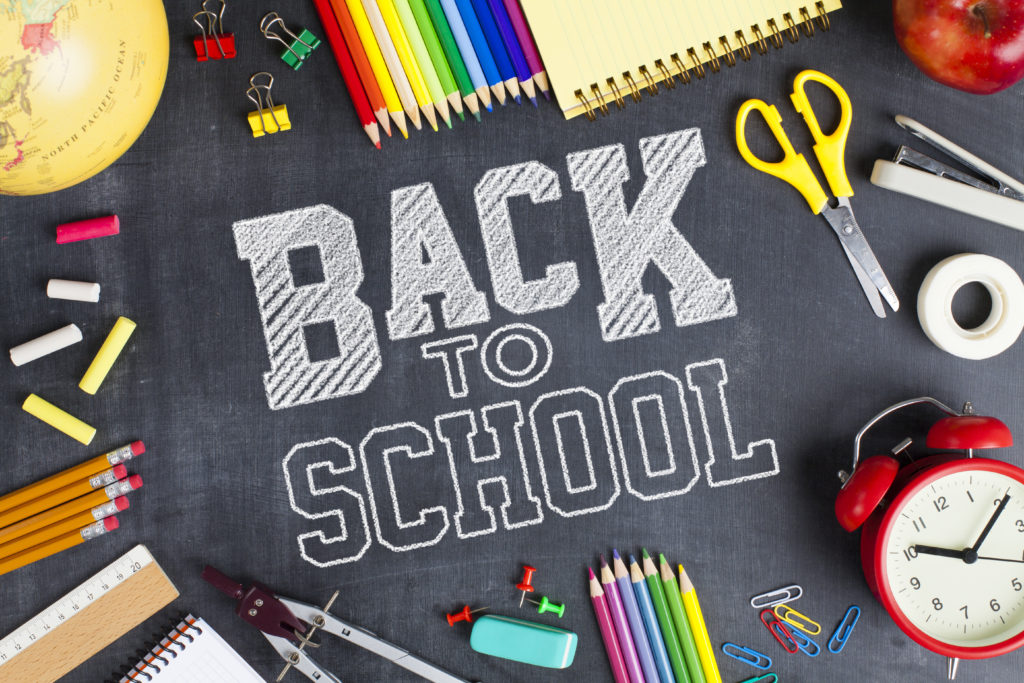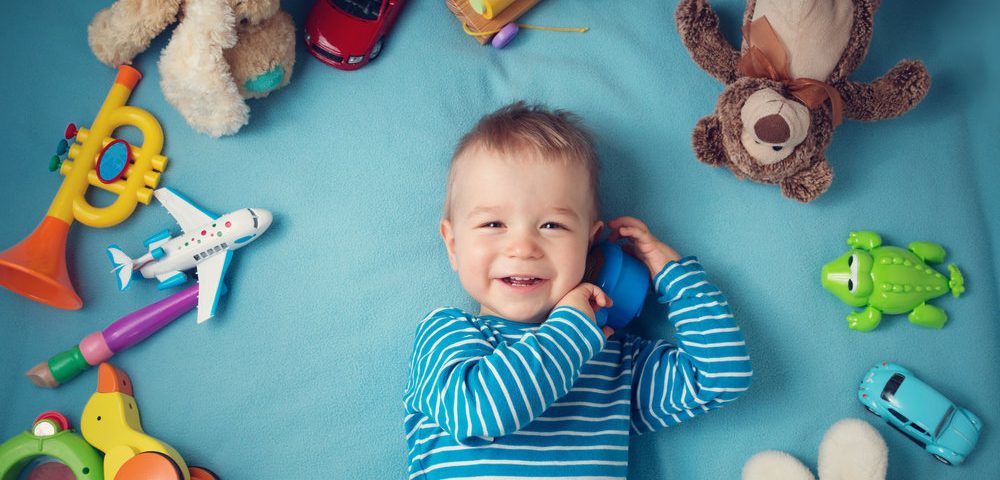
Back to School, Back to the Doctor
August 2, 2019
Keeping Your Children Safe on Halloween
October 30, 2019Kids will always be kids, but their toys have changed ― and it can be overwhelming! We are bombarded with all kinds of sensory-stimulating noise and light toys as well as digital platforms with child-oriented apps.
Get Back to Basics: Traditional Toy Categories
• Symbolic/pretend – Pretending through use of toy characters (dolls, action figures) or toy objects (food, cars, planes, and buildings). Helps children learn to use words and storylines to imitate, describe and cope with real-life events. Imagination is the key here! Imaginary play is a large part of a child’s social and emotional development.
• Fine-motor/adaptive/manipulative – Children learn problem solving skills through these “traditional favorites” (blocks, shapes, puzzles and trains). These types of toys help develop fine motor skills and can improve language and brain development. Some of these toys can also build early math skills.
• Art – Toys do not have to be expensive to be high quality. Items as simple as cardboard boxes or pads of paper still make the little ones happy. Coloring books, crayons, markers, clay, stickers all help build creativity and improve fine motor skills – plus, they make great gifts!
• Language/concepts – Over the past two decades, several traditional toys have been converted to electronic versions, and many new toys are being built to substitute for human interaction. For example, toy bears that can read a story aloud or board games available as apps. Actual human interaction, however, is essential for a child’s growth and development, and digital toys should never take the place of real, face-to-face play. Traditional card and board games (not the video game or app versions) create opportunities for you and your child to interact and have fun together.
• Gross motor/physical – Toys that require physical activity (playing with balls, push and pull toys, ride-on toys, and tricycles) assist physical development. These kinds of toys can improve self-regulation and peer-interaction because of the rule negotiations that typically take place when kids play together.
Toy Shopping Reminders:
• Be cautious if you see “educational” on the label. Many tablets, computer games and apps are advertised as “educational” when they really aren’t. Most of these “educational” apps target memory skills, such as ABCs and shapes, which are only one part of school readiness. The skills young children really need to learn for success include impulse control, managing emotions, and creative thinking. These skills are best learned through unstructured and social play with family and friends. Research suggests tablet-based toys actually delay social development for infants and young children. This is because they don’t include real life facial expressions or gestures.
• Toys also have the potential to promote specific race or gender-based stereotypes. Over time, toys have changed and so have our expectations of “what girls should do” and “what boys should do.” Children need the opportunity to explore different gender roles and different styles of play. Provide your children with books or puzzles that show men and women in diverse roles (stay-at-home dads, working moms, male nurses, and female police officers). Offer a wide range of toys for your child to play with, including baby dolls, toy vehicles, action figures and blocks.
• Make sure to limit video game and computer game use. Total screen time should be less than 1 hour per day for children 2 years or older and completely avoided for those younger than 2 years of age. Children under the age of 5 should only be allowed to play with developmentally appropriate games, ideally accompanied by the parent or caregiver.





